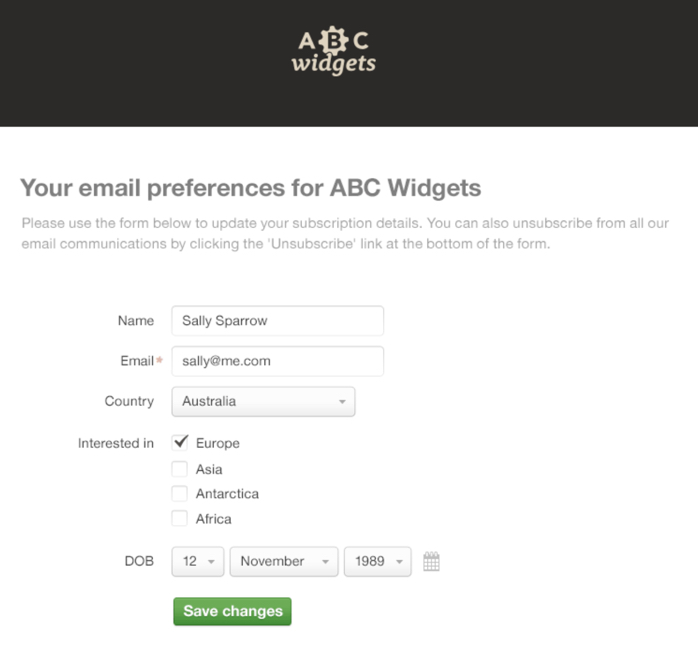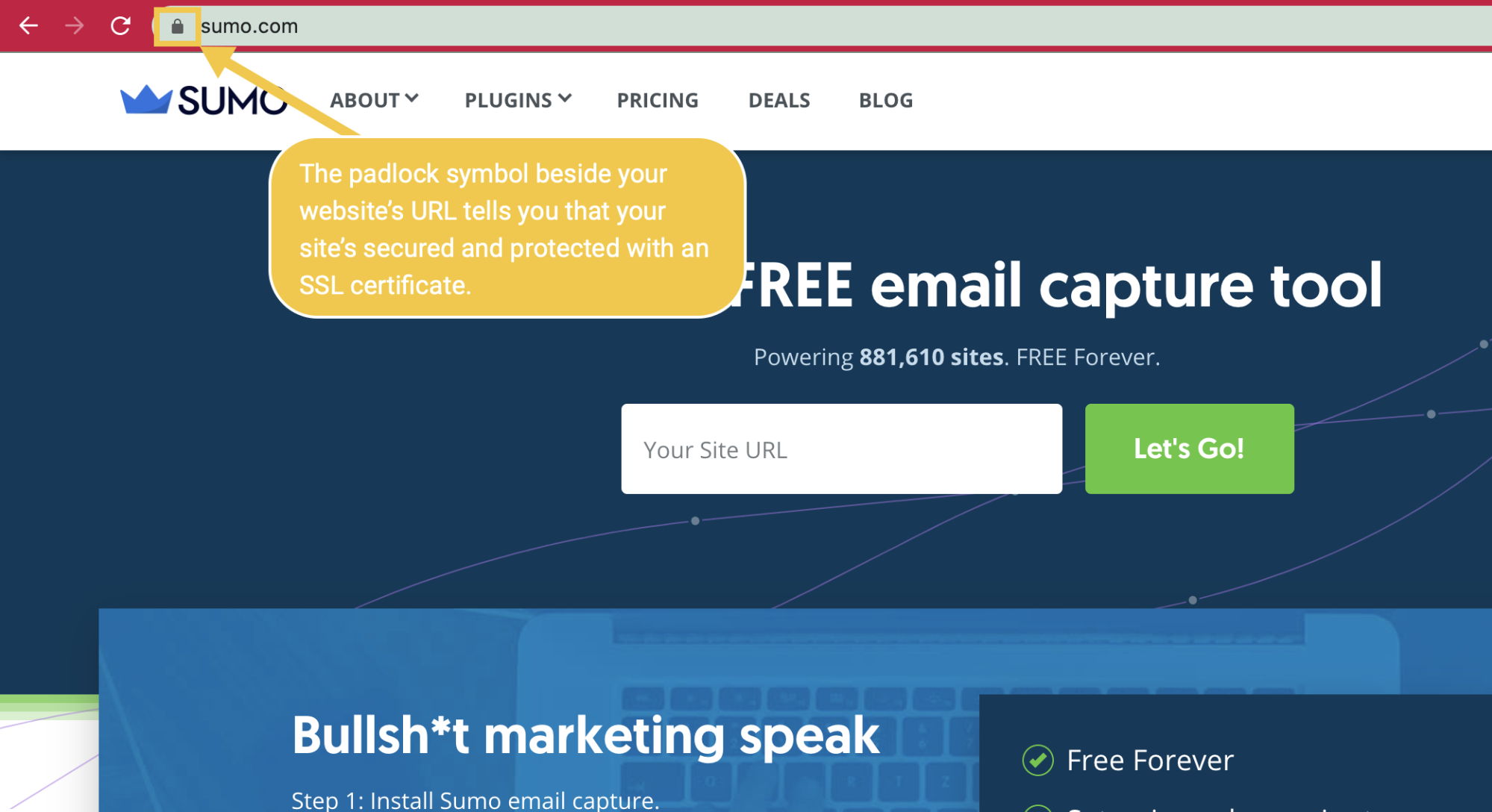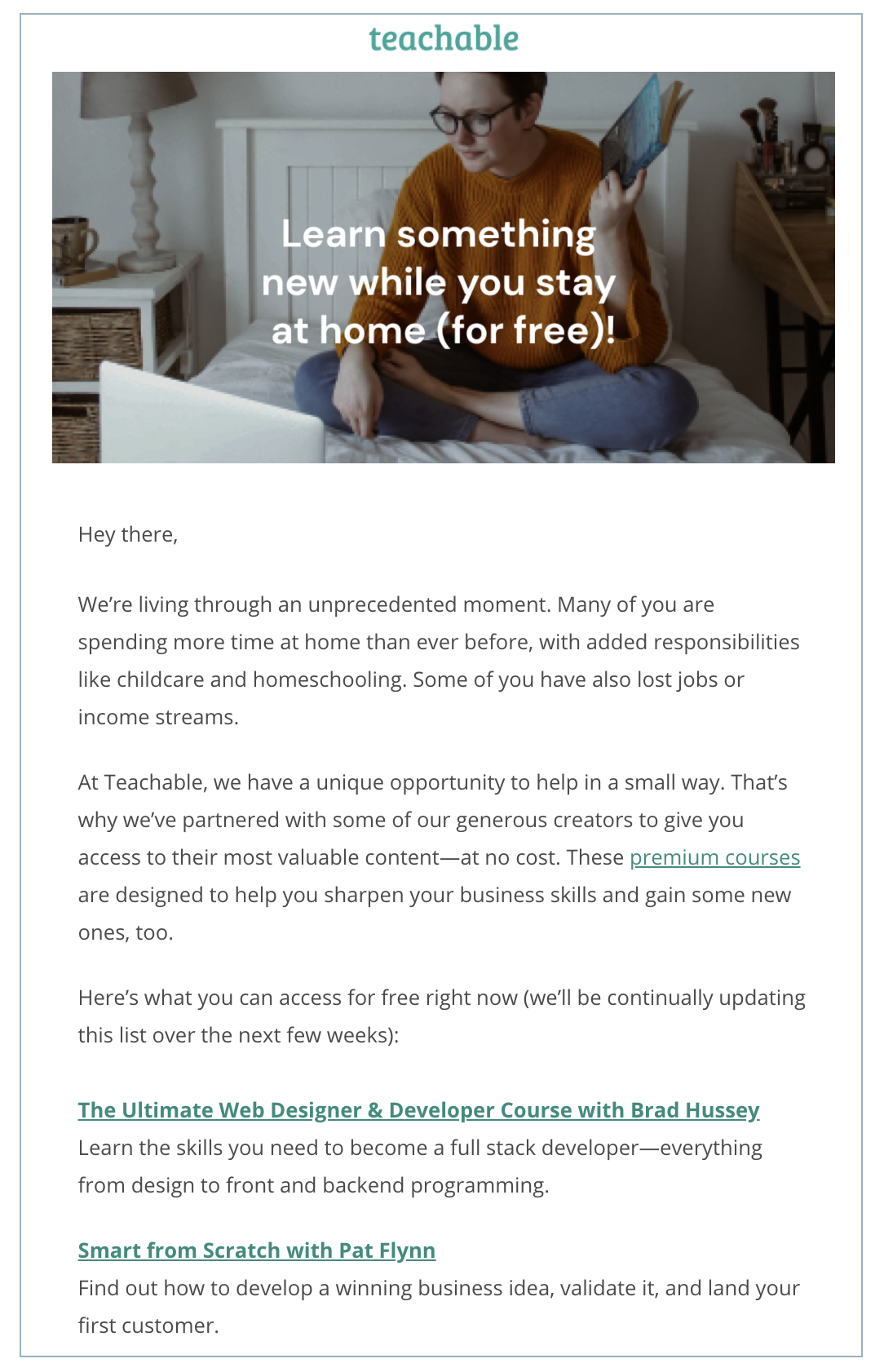The new normal has changed the way we live our lives — and in effect, has changed the face of businesses everywhere.
Digital marketing tactics and strategies that used to work have changed overnight, while new ways of marketing have sprung to light as an effect of consumers’ new habits, needs, and preferences.
So how can you adapt your email marketing campaigns to the new normal?
Look no further than this guide to refresh your campaigns and connect with customers like never before.
%(tableofcontents)
1. Be extra careful when writing your email copy
Everyone was forced into this new normal by a global pandemic that has endangered vulnerable populations, led to massive retrenchments across industries, and required everyone to adapt to new ways of life. Given all these changes, the way you write your copy can make or break the connection with your audience.
Treat your audience like adults; meaning, show empathy and speak to them knowing they’ll understand whatever your brand has to share.
For instance, you might think a launch for a new collection on your online store might be ill-timed considering the circumstances. But that’s exactly something you can communicate with your email list subscribers — that you understand there is no good time to release new products but that you’ve decided to go ahead with it anyway.
The same goes for any changes you might apply in your operations. Have your business hours shifted? Do you now have new policies before entering your store? Are you implementing any rules and guidelines among your employees for their peace of mind?
Consumers will appreciate the candor and honesty you show. This can also strengthen your existing relationships with subscribers in ways only the new normal allows.

Walgreens sent a positive email to show customers any changes in their stores and services. (Source)
2. Use predictive analytics when creating email triggers
What you say is just as important as when you say it, as per email marketing best practices. As you craft your next email marketing campaigns, be sure to consider the timing of your emails.
Especially with any trigger-based campaigns or follow-ups, you’ll want to make sure you understand where your consumer is in their journey.
Say a customer clicks a link in your campaign that signals interest in a goal. You then want to send them through another campaign that leads to a promotion of a product that will help them achieve said goal.
By sending the follow-up campaign too soon, you might put up some red flags in your customer’s minds. But too late, you may risk them getting cold. But when you have predictive analysis on your side, you’ll know when they’ll be at their sweet spot — aka when they’re most primed to receive promotional emails and are willing to make a purchase.
This skill takes practice, but enrolling in webinars on data science and data analytics, or reading up on the most recent email marketing trends from reputable companies in the industry, can help you hone your ability to gain insights and predictive skills as a marketer. After all, your analytics tools and data-gathering software can only go so far – you need to supplement them with actions grounded in data.
3. Reduce the frequency of your email blasts
Nobody likes being spammed with too-frequent emails. Remember this when you’re creating and scheduling your newsletters and campaigns.
As we learned in the previous section, timing plays a big role in the success of any email marketing campaign. And timing also has to do with frequency – are you sending emails just the right amount to make sure you’re always top of mind for customers, or are you sending emails too frequently and risk annoying said customers?
That said, aim for 1-2 emails a week at most to make sure you’re able to balance giving information and promotions while also leaving room for your audience to take time away from your brand.
Of course, this is a tactic you’ll want to test. See which days of the week and times get you the best engagement while also ensuring you’re not getting too many unsubscribes or spam reports.
4. Segment, segment, segment
Segmentation is one of the holy grails of email marketing because this is the key to sending highly personalized, relevant emails to specific market segments among your entire audience.
Just as we can learn from the success of recent B2B outreach marketing campaigns, you need to personalize your email’s content if you truly want to see any results. You can make it easier by segmenting users into different groups, depending on certain actions they take with your brand.
More importantly, you need to segment your subscribers based on their email preferences in light of these uncertain times.
One way you can do this is by getting your leads to update their current email preferences, using a form like this one below, and adding a link in each email you send.

Source: Campaign Monitor
Doing this allows you to update the way you segment your email list to make sure that you not only send emails with the right message but also how often they’d like to hear from you.
5. Improve your website’s user experience
Most, if not all, of your emails will have a CTA that drives traffic to your site. So make sure you’re delivering the best website user experience you can to make sure your visitors will convert.
One place you can improve user experience is with your website security and how you communicate to users that transacting on your site is safe. The new normal means more people are using the internet — sometimes for the first time — and hackers may take advantage of that by staging malicious attacks on vulnerable websites. Fortunately, keeping your website secure can be simple, with just a few tools to make sure hackers aren’t able to access your site or data.
The easiest and most effective way to protect your website is by ensuring your web hosting provider includes a Secure Sockets Layer (SSL) certificate in your plan.

If you’ve built your website using WordPress, you can install a security plugin like Sucuri to identify and fix vulnerabilities in your website that can be exploited by hackers and cybercriminals.
Other ways to keep your website secure and your customers protected are:
- Regularly changing your admin passwords
- Limiting the access of other people accessing your website’s backend
- Having a dedicated hosting for each of your websites
For website loading speed, testing your website on Google’s PageSpeed Insights is the best place to start. This free tool will give you a list of things that are causing your website to load slowly so you know what to address.

Investing in a Content Delivery Network (CDN) service like Cloudflare can help speed up your website’s loading speed in this scenario. Instead of hosting all your website’s files in one server, a CDN hosts them across various servers scattered all over the globe. This ensures that your website loads within the same speed regardless of where your customers are located.
6. Be generous in your freebies and special offers
Offering freebies and special discounts have been a standard email marketing strategy to increase conversion rates. But since the onset of the COVID-19 pandemic, many business owners are now facing a serious dilemma about running this type of email marketing campaign.
On the one hand, marketers understand that their target customers are more cautious when making buying decisions, especially in today’s economic climate. They want to try something out for free before making that final decision to buy.
Then again, people are spending less on discretionary items since the outbreak of the COVID-19 pandemic.
But according to BlueTree.ai’s founder, Dan Fries, this shouldn’t stop you from sending emails about special offers and discounts.
“The truth is that your subscribers want to know if you have any special offers and discounts because they want to get the most out of their dollars,” Fries points out.
A study done by McKinsey & Company supports this.[*]

The differentiating factor here is how you’ll be writing the copy. Take a look at this email from Teachable, for example:

Although Teachable still offers the courses they’re offering in the email, they aligned the email copy to focus more on how these courses can help their subscribers during these uncertain times.
By writing your emails this way, they will come across as your way of telling your subscribers you understand what they’re going through, and you’re giving them a solution to the most pressing problems they’re facing.
7. Prioritize relationships over transactions
The most important thing you want to remember when you’re adapting your email marketing campaigns for the new normal is this: relationships trump transactions.
Consumers won’t remember the brands that kept asking them to make a purchase. Instead, they’ll remember the brands that were there with them through this global health crisis.
You can recover the bottom line and focus on growing sales when things have stabilized, but a broken relationship with a customer can be tough to mend.
Key takeaways
Email marketing remains one of the best ways we can keep in touch with our customers in the age of COVID-19. Remember these tips and tactics to help you adapt your email marketing strategy and forge deeper relationships with your customers like never before.
Add A Comment
VIEW THE COMMENTS